
 Capt. Nick Lombardi
Capt. Nick Lombardi
Targeted Species: Cobia
Location: Chesapeake Beach
Common in both Virginia and Maryland, if you are licensed in one state, it carries over into the other since they share the same water.
The Chesapeake Bay Bridge Tunnel is the most common landmark when it comes to targeting Cobia. The BBT marks the mouth of the Chesapeake Bay and that’s where the Cobia come to spawn every year. Some will make their way into the bay but most just hang out in the lower bay region due to the salinity of the water.
The spawning cycle usually runs from June into August but they are usually very tricky to catch in June and July when they are actively spawning. Because they have been visibly spawning on the surface, they become very difficult to catch to the point that even a live eel won’t entice them enough to strike. As the spawning starts to slow down come August, they regain their appetites and start to eat better, especially the bigger females.
Tides: This area is definitely tide dependent as the Cobia tend to come up and wake in the surface. They are very lazy fish and like to ride the waves and move with the current. When the current starts to die down before slack, they will come up to the surface and stay up on the surface while the current is changing. The changing of the tides is the best time to catch these fish, but they can be caught during slack tide as well.
Because it is primarily sight fishing and these fish never seem to be actively feeding when caught, you can almost guarantee they will lily be striking out of aggression or fear. Most of the time, they just want whatever is in front of their face out of their way. A good rule of thumb is to make sure the bait is far enough as not to spook them but close enough so that it is directly in front of their face. When the tide starts to slow down, they come up to the surface more often which makes perfect timing for sight casting.

Approach: Most of the time, these fish are sight cast. Capt. Nick has a tower on his boat which allows him to spot them and track them down. A lot of the time, they can begin casting on them right away as they are normally spotted on the surface.
If they are not visible on the surface, they can be found hanging out on channel ledges where the current gets stirred up by natural bottom topography. The bay is usually dredged and, on either side, it’s flat, making for 70-foot drop offs. The Cobia often swim in these current on the ledge. Later in the year, around early August, they start to relate to structure and can also be found on around channel markers, bridge pilings and buoys. Finding big schools of rays and turtles can be the key to finding Cobia because they’ll swim on top of right behind them.
If all else fails, find yourself a big school of bunker/menhaden as the often hide on top or underneath them. If you don’t visible see them on the surface around the bait, you can throw baits and jig through them in an attempt to “blind cast” and draw their attention out from the bait school.
Rigging/Lure Selection: 3oz Pro Tail Eel

Why This Bait? Even though this lure is 3oz, it doesn’t sink the way a 3oz bucktail does. Because of that, it can be whipped across the surface to get the Cobia’s attention. Most often, they will turn on it, follow it but won’t eat it.
“With the eels, if you open up the bail and let it fall, it simulates exactly what a real eel will do,” Capt. Nick said. “They’ll chase after it and as soon as you close the bail and make on jig, you’ll hook up on them. This is the best bait for Cobia. It’s a game changer.”
Colors: Pink and Olive
Retrieve: Because it is primarily sight fishing, aggression seems to be the major strike trigger when casting to these fish. Most of the time, they just want whatever is in front of their face out of their way. A good rule of thumb is to make sure the bait is far enough as not to spook them but close enough so that it is directly in front of their face. When the tide starts to slow down, they come up to the surface more often which makes perfect timing for sight casting.
Outfit
Rod: JLS Custom Rods which are a local company. 7’2, medium/heavy inshore series. Half power heavier than a normal medium heavy.
Reel: Quantum Cabos, 40 and 50s
Line: 40lb PowerPro Braid
Leader: Seagur 50 Fluoro, doesn’t have to be huge, 2-2.5 feet
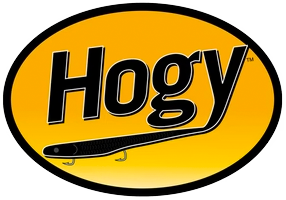
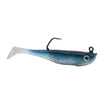
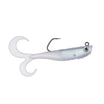
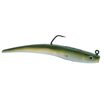
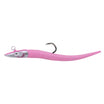
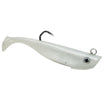

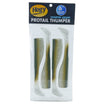
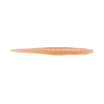
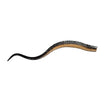
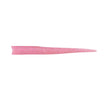
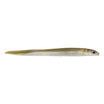
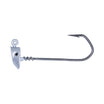
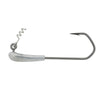
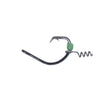



Leave a comment
This site is protected by reCAPTCHA and the Google Privacy Policy and Terms of Service apply.